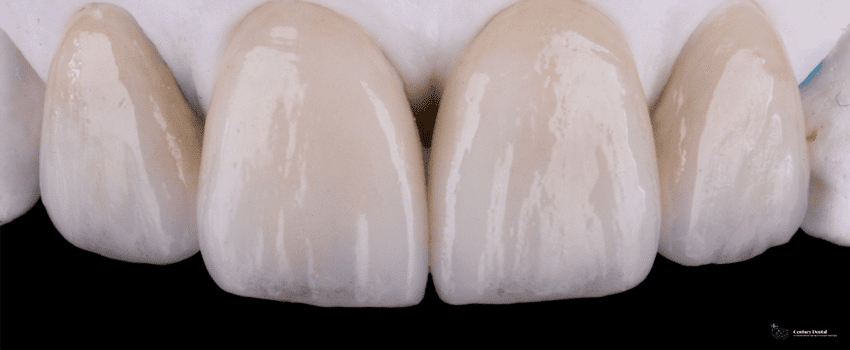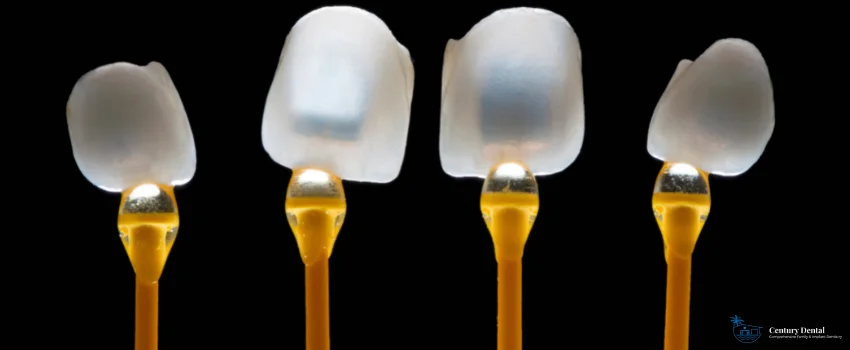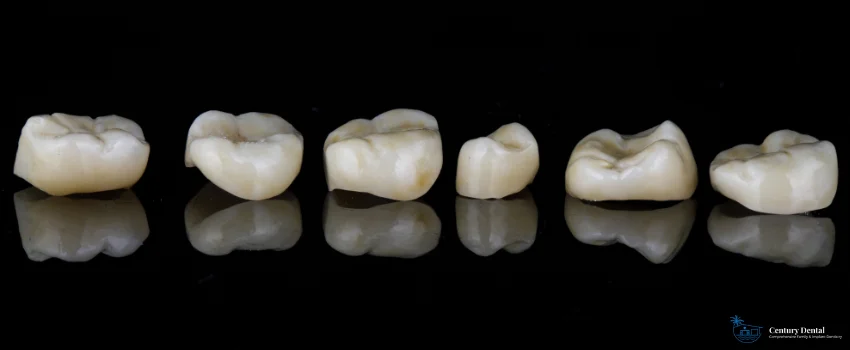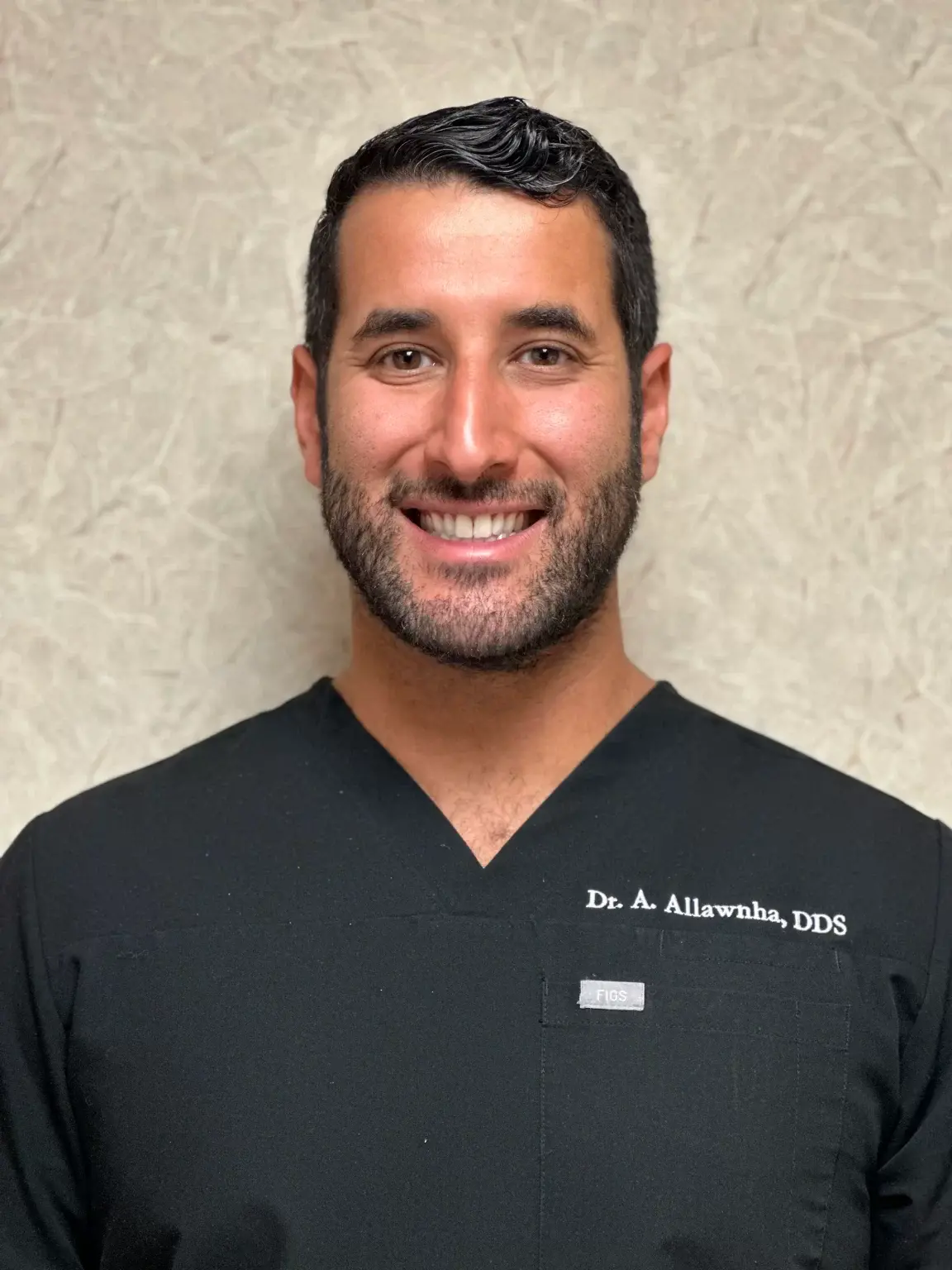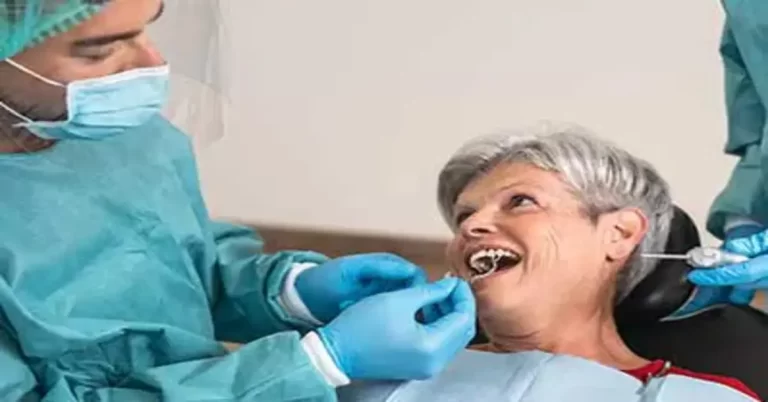Many factors affect your teeth’s appearance and function. Poor oral hygiene, bad habits, and accidents can make your teeth look and function differently than they used to. Furthermore, not visiting your dentist every six months can make them worse.
It will eventually make you shy about smiling and conversing with others. Fortunately, dentists offer various cosmetic dentistry procedures that can help improve your smile, like veneers or crowns. They all have their own advantages, disadvantages, and purpose; it’s up to you and your dentist to choose which one better serves you.
However, most of these procedures don’t come cheap. Knowing more about them and how different they are from each other will help you avoid making the wrong decision and help you make the best choice that will suit your needs.
Here are some things you need to know about the advantages and disadvantages of dental crowns and veneers, and more.
What are veneers?
Veneers are the easiest way to conceal your teeth’s imperfections. Unlike crowns, they cover only the front surface of your tooth. They are also less intrusive, allowing you to keep more of your tooth’s natural protective layer, the enamel.
Before placing the veneers, your dentist will shave off some of your teeth’s enamel and create impressions of your teeth to ensure a correct bite. Then send these impressions to a laboratory that will make your custom veneers. You can choose what material to use for your veneers; porcelain veneers are more popular since they look like natural teeth.
The laboratory may take a few weeks to create your veneers. In the meantime, your dentist will put temporary veneers over the teeth they prepared to protect them.
Once the laboratory is done, they will ship them back to your dentist, who will check their size, shape, and color. If satisfied, they will use dental cement to attach your veneers to the front of your teeth and check your bite.
When is a veneer right for me?
Veneers are perfect for anyone who wants to improve their smile. They can hide:
- Persistent stains
- Small or misshapen teeth
- Chips
However, they require you to have healthy teeth and gums. Otherwise, you’ll need to address them before your dentist considers veneers for you.
Pros
Some of the advantages of veneers are:
- Quickly and drastically improve your smile
- No downtime
- Long lifespan (10 to 15 years)
- Stain-resistant
- Natural-looking
- Easy care and maintenance
Cons
Some of the risks of veneers include the following:
- Loss of natural enamel
- Irreversibility
- Risk of dislodgement or falling off
- Sensitivity to temperature
- Not covered by insurance plans
How much do they cost?
You may need to spend $250 to $2500 for veneers, depending on the type of material used in making them, your dentist’s location and experience, and the prep work required.
What are dental crowns?
Over time, your teeth will experience damage due to cavities, trauma, or normal wear and tear. If you have not seen our previous blog about dental crowns, here’s a summary.
Dentists use crowns for damage too big for fillings, onlays, or inlays to handle. They are basically caps placed over your damaged teeth and can be made from metals, porcelain, resin, or ceramic. They don’t usually need special care other than good oral hygiene.
Crowns require multiple visits to the dentist. The first visit is usually where your dentist examines your teeth and prepares the teeth that need the crown. They’ll take X-rays and impressions of your teeth after shaving off some of your tooth’s tops and sides to make room for the crown.
Your dentist will send your teeth’s impressions to a laboratory to make them, which may take two to three weeks. In the meantime, your dentist will place a temporary crown over your tooth to protect it.
Your dentist will place your crowns on your second visit. They’ll remove the temporary crown and then check your permanent crown’s fit and appearance. Once satisfied, they’ll apply a local anesthetic to numb the area around the tooth that needs the crown, then cement it in place.
When are crowns used?
You may need crowns for various reasons, like:
- Protecting weak teeth from decay, cracks
- Covering a tooth after a root canal treatment
- Covering severely discolored or misshapen teeth
- Keeping broken teeth together
- Supporting a dental bridge
- Restoring damaged or severely worn down teeth
- Covering a dental implant
What are their advantages?
Here are some of the benefits of dental crowns:
- Strengthens or replaces damaged teeth
- Easy maintenance
- Long lifespan
- Covered by insurance
Do crowns pose a risk?
You may experience these problems when you have crowns over time:
- Broken crowns
- A dark line next to your gum line
- Sensitivity or discomfort
- Loose or dislodged crowns
- Allergies
How much do they cost?
Crowns can cost between $800 and $1500, depending on their size and material. You may also incur additional costs for root canal treatments, implants, and other necessary procedures to place your crowns.
Fortunately, insurance providers cover crowns since they’re restorative and not cosmetic. Call your insurance provider for more information on their policy for dental crowns.
Veneers or Crowns: How They Differ
Porcelain veneers only cover your tooth’s front surfaces, unlike crowns that add strength and protection to your entire tooth’s structure.
Dental veneers are only cosmetic; they improve your smile but don’t repair or strengthen your teeth. Dental crowns can also improve your smile’s appearance, but their main purpose is to repair or restore severely damaged teeth.
Key Takeaway
Improving your smile is one of the best ways to enhance your looks. You have many options to choose from, including crowns and veneers. Veneers are best suited for minor cosmetic aberrations like small cracks, discolorations, or gaps. They are also your best choice for improving your smile as fast as possible.
Crowns are better for restoring, repairing, or replacing damaged teeth. However, some patients may need additional procedures like a root canal or implants before their dentist can place their dental crowns.
Cost is another veneer and crown difference to consider. Crowns are often more expensive than veneers because of the effort, material, and preparatory work involved in making and placing them.
Always consult your dentist if you plan to try these procedures; they can help you choose the best way to improve your smile.
Improve your smile today.
Improving your smile and boosting your confidence is best achieved with help from our nearby South Pasadena dentist. They offer various cosmetic dentistry procedures, including veneers, teeth whitening, and composite bonding. They also offer restorative procedures like crowns and implants.
You’re in safe hands at Century Dental. Call us at (727) 367-3133.

